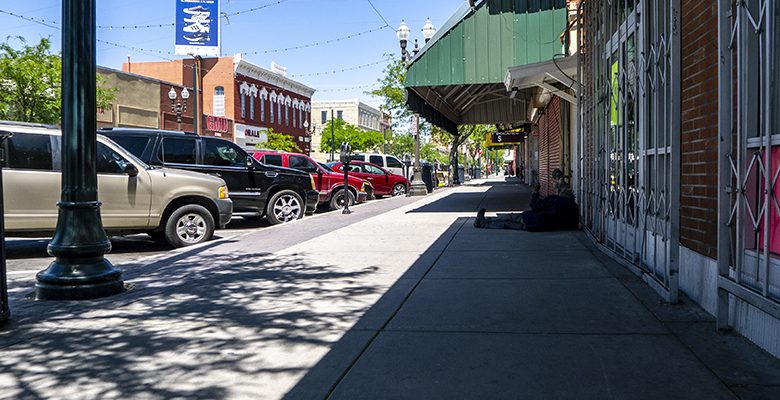Expectations drive the economy. Economists measure consumer confidence. The futures markets are self-fulfilling prophecies, to a degree.
Politicians know that. You remember.
“If you don’t go shopping, the terrorists win.”
Right now the politicians are managing expectations to preserve the social order. That’s why we’re reopening.
You remember we quarantined to “flatten the curve.” To keep our healthcare facilities from being overwhelmed.
Reopening just means that there’s more room at the hospital. They haven’t beat the Coronavirus. We haven’t discovered a cure. People are still going to get sick and die. But now there are beds in the ICU. Ventilators. We’ve just succeeded in “flattening the curve” so our healthcare system won’t be overwhelmed.
Now we’re reopening to flatten another curve, to keep our social services from being overwhelmed. The pandemic was a double whammy for governments. Quarantine increased the need for public assistance, while simultaneously reducing government’s tax receipts.
Forcing people back to work cuts government’s unemployment insurance liability while simultaneously increasing government revenues.
We’re reopening to flatten the bankruptcy curve, too, to keep those marginal businesses that can’t survive a prolonged shutdown from declaring bankruptcy.
Reopening businesses is just “flattening the curve” so we don’t notice the economic tumult we’re coming into.
Reopening is good for government. And it’s good for businesses that didn’t save any money during the economy’s big expansion.
But for some businesses, reopening is only going to prolong the pain.
For some businesses, the pandemic just accelerated what was going to happen eventually. Some estimates say that one in four restaurants will close as a result of the economic downturn resulting from the Coronavirus and the resulting quarantine.
And all the good news emanating from our governments is just another way to soften the blow of the upcoming economic catastrophe.
But businesses close. Every day. What’s the average lifespan of a business these days? Three years? Five? Any place that’s been open for seven years is an institution. And they’ve survived by salting money away for the lean times.
Yeah, and people die every day, too. but I don’t think the two events are comparable.


Good thoughts, as per usual, Rich. Meanwhile, anybody know what has happened to Brutus over at El PasoSpeak.com?
I understand your concern about a rising curve…but I would have to question the notion that the small businesses that are closing “salted away money for the lean times.” Many of these businesses have been on the edge between survival and hanging during their “lifespan” and will not reopen because they don’t have any coins in that salt jar. The small business guys I know are trying to figure out if they can get through the rest of the pandemic restrictions and the long period of economic stress that is expected to follow. And others, as you noted, just were marginal and shut down because…they were marginal.
I hope that a year from now we will find out that we had more “institutions” than marginal businesses!
Full disclosure: I am in the vulnerable age and underlying health conditions groups, and am fully aware of the reality of death! But part of the joy of life in what time I have left is being able to go to a bookshop or have a meal with friends. There is no reason why these activities cannot take place, with suitable precautions. How is it that I can go to Target and buy a book but it would be dangerous to go to my favorite bookstore if it reopened at 25%?
with a 0.4% death rate, will we survive reopening in the face of a virus that 99.6% of people will survive? the horror. everyone should just stay home permanently, forever
Does anyone pay attention to the COVID numbers released daily by the City anymore?
And not just COVID but Flu, RSV, West Nile, and salmonella. Can we teach them how to add?